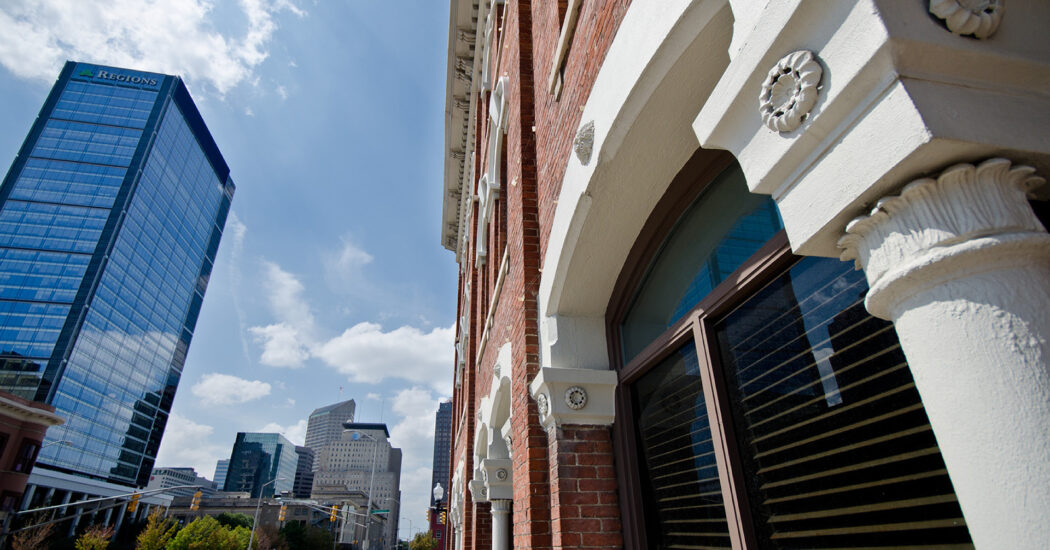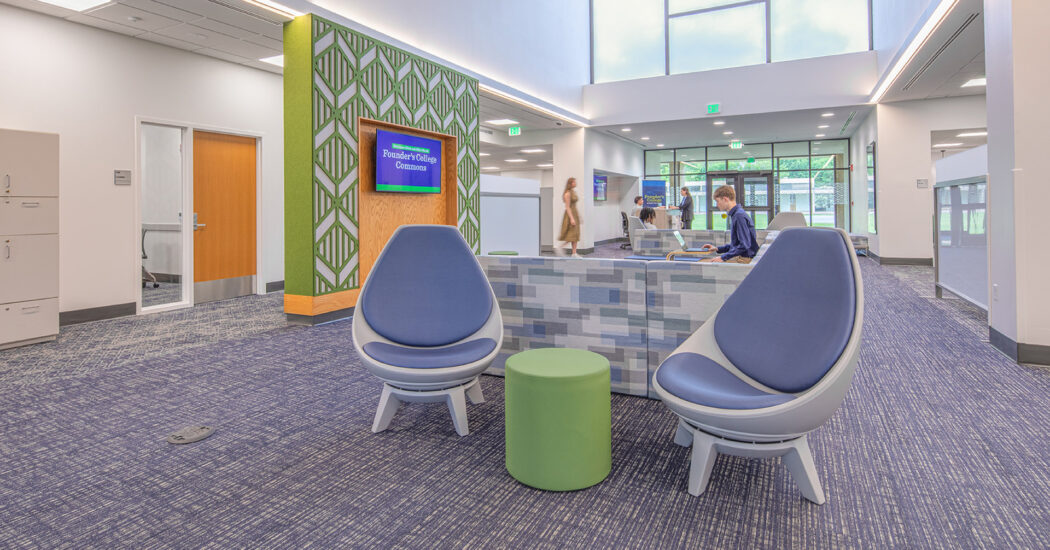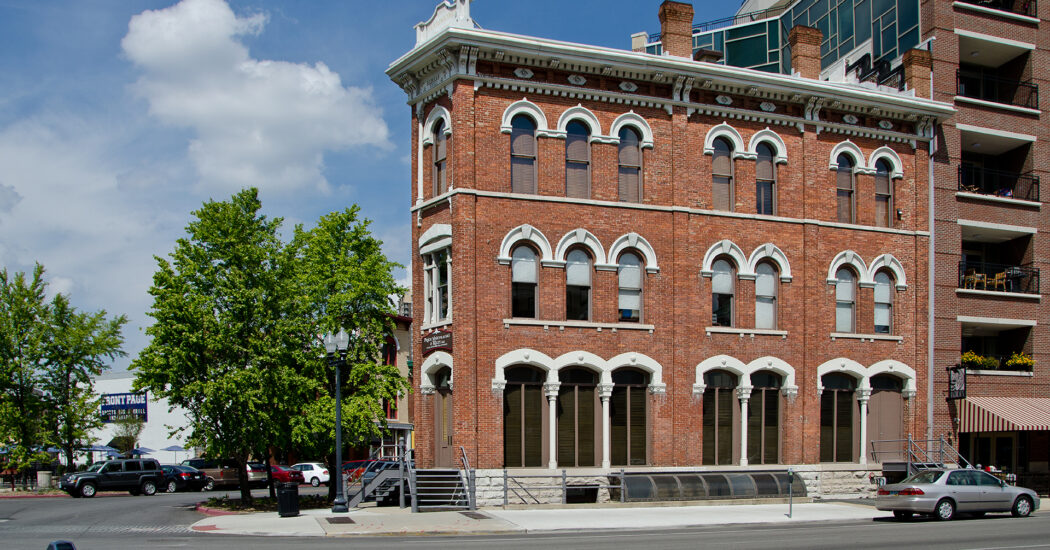Roof 101: Steep-slope Roof Material Options
-
Category
Studio-Lifestyle, Innovation -
Posted By
Tom Ning -
Posted On
Mar 19, 2021
There are two primary types of commercial roof systems: low-slope roofs and steep-slope roofs. A roof typically qualifies as a steep slope if it has a ratio of at least 3:12–for every 12 horizontal inches of roof, the slope increases by 3 vertical inches.
There are three main sub-categories of steep-slope roofs that we normally consider for a project:
1. Shingle Roofs
The most commonly used steep-slope roof material is shingles. Shingle roofs are the most affordable and have an average life of 20 years. Traditional shingles are made of asphalt, but there are also rubber and steel versions.
2. Slate and Clay Tile Roofs
Slate and clay tile roofs are beautiful, but they are also the most expensive options and may also require extensive maintenance. Because slate and clay tile are natural products, they usually do not come with a warranty. This lack of warranty often means extensive repair costs for Owners, which can begin soon after purchase if any tiles weren’t installed properly.
Further, slate and clay tile roofs can only be attached mechanically, which risks damage to the tiles. Any damage can allow water to seep underneath, freeze, and cause the tiles to become detached from the clips.
3. Metal Roofs
Metal roofs can be expensive but are relatively maintenance free and can last 20 years or more. They also provide a modern look that is becoming popular.
Metal roofs are installed with clips, and proper installation is important to ensure that water seepage does not occur. We typically specify a high-temperature underlayment that goes under a metal roof to help prevent water seepage. Hail can significantly damage metal roofs, denting them just like a car. However, this is usually just aesthetic and doesn’t affect performance of the roof.
Learn about the pros and cons of steep-slope versus low-slope roofs.







